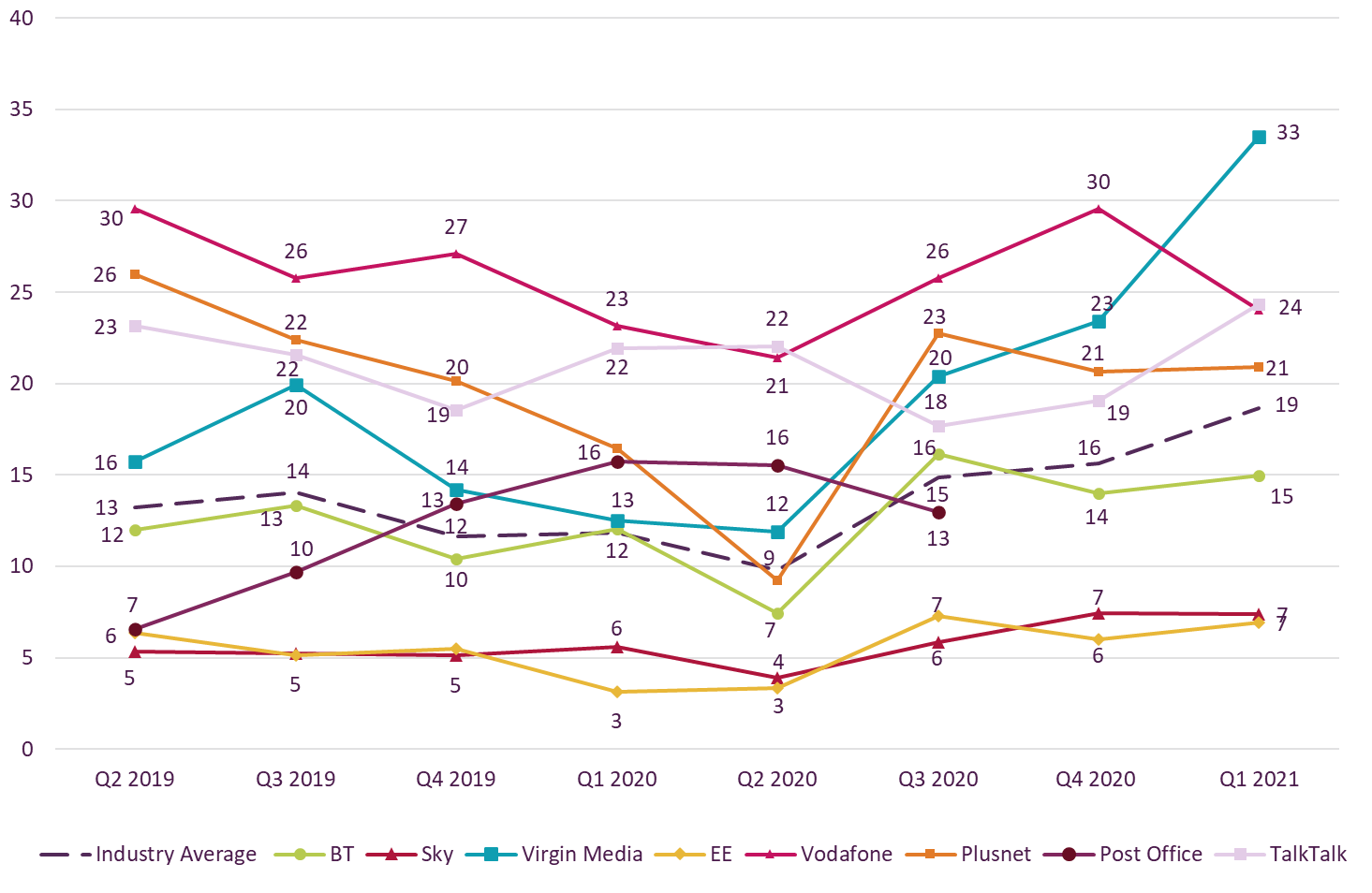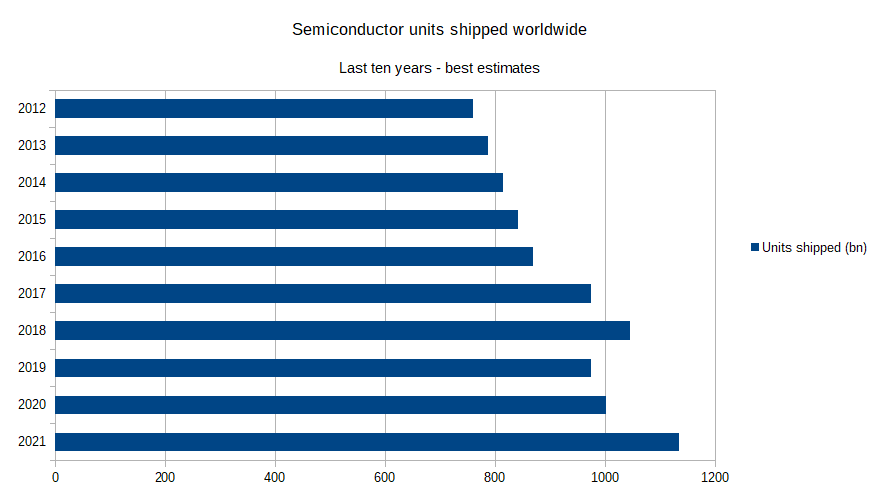
In the 2000s it was “It’s necessary for our QA procedure”. Now it’s GDPR. Basically, the technical sounding response to shut people up when they complain. As a qualified ISO-9000 auditor I used to had a lot of fun calling their bluff in the first case.
With data protection it might seem more clear cut than having an encyclopaedic knowledge of ISO9000:2000. After all DPA 2018 (that which implemented GDPR) isn’t that dissimilar to its predecessors, and has a much tighter scope. However, it’s more open for interpretation and we’re waiting for some test cases.
However, what it doesn’t cover are situations like this:
Dear Mr Leonhardt,
Hope you're well; It is law to speak to the account holder.
Kind regards, Salvin Tingh
Morrisons Online Customer Service Team
I won’t bore you with the full details of what led to this attempted put-down, but briefly I emailed Morrisons about a mistake they’d made on an order. On receiving no response I called (and they sorted it out efficiently, over the phone). A week later I got an email response, and I said it was too late but it was sorted out, thanks very much. A week later, another reply that suggested they hadn’t read the first one. I said “Sorted, thanks, and I’ll just use the ‘phone in future”.
Next week’s reply was along the lines that they couldn’t verify I was the customer. I replied that perhaps they should have tried (they know my email address and telephone number), but don’t worry it’s sorted. A week later the above arrived (name changed to protect the guilty).
Leaving aside the principles of good customer service – if you need to check someone’s identity before solving a problem then do so – one might wonder what law he might be talking about. You see, data protection laws are not as wide-ranging as people think.
Basically, the law relates to sensitive information about an identifiable individual. Stronger protections exist depending on the sensitivity of the information (e.g. race, religion, biometrics and the usual stuff). But if it’s not sensitive information about an identifiable information it’s definitely out-of-scope.
In this case, Mr Tingh was dealing with a customer’s problem. He wasn’t being asked to divulge sensitive information to a possible third party. It’s possible (and desirable) that company procedures required that he make sure it really was the customer complaining, but that’s hardly “the law”. And had I been an imposter claiming I hadn’t received my sausage, the worst that would happen was someone else got a couple of quid refunded unexpectedly. Does Morrisons get that kind of thing often, one wonders?
And it also begs the question, if they were so concerned about whether a customer complaint about an order, emailed in with the full paperwork, really was from the household in question they need only pick up the phone; or check the email address? Neither of these is fool proof, but in the circumstances one might have thought this good enough. Did he want me to visit the shop show the manager my passport?
But to reiterate, The Data Protection Act (colloquially referred to as GDPR) is there to protect information pertaining to an individual. A company would have a duty to ensure it was talking to the right person if giving out sensitive information, but when someone is reporting the non-delivery of a vegan sausage to the suppler there is no sensitive information involved. They only need to check your identity if its really necessary.
Other protections in the DPA include transparent use of an individual’s data, not storing more than is necessary or for longer than necessary, and ensuring it’s accessible to the individual concerned, not leaked and is accurate (corrected if needs be). The European GDRP added provisions for portability, forcing companies to make your data available to competing services at your request.
So when someone tries to fob you off with “data protection”, stop and think if the above actually apply. And if you’re trying to fob someone off, don’t try to bluff a data security expert.




